#megalopteran
Text
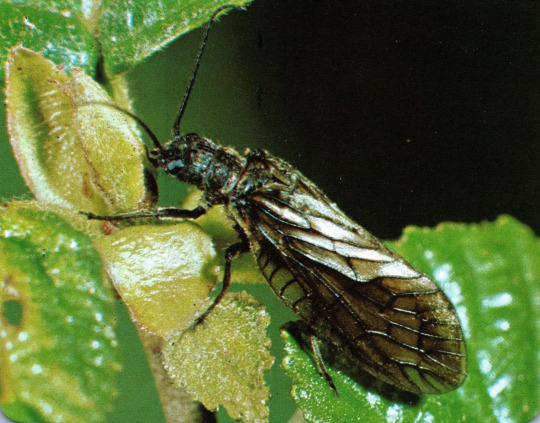
Alderfly
By: Jane Burton
From: Éditions Rencontre Cards
1976
#alderfly#megalopteran#insect#arthropod#invertebrate#1976#1970s#Jane Burton#Éditions Rencontre Cards
10 notes
·
View notes
Text
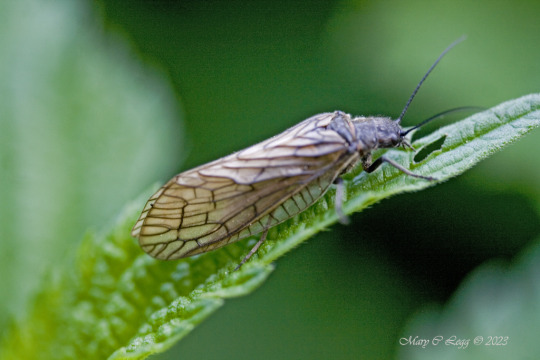
Alderfly, Sialidae Canon 400D EF 100 2.8 f/3.5 1/ 125 iso: 400 Srbsko, Czech Republic May 8, 2012
#Sialidae#Megaloptera#megalopteran#insect#invertebrates#fishfood#frogfood#macro#wetlands#insectphotography#macrophotography
0 notes
Text

Saint of Megalopterans
Despite his intimidating appearance, the Saint of Megalopterans is among the more friendly and sociable of the cybersaints. Although his following is small, he does bless those within his cult with a startling, and useful, tolerance for pollution and smog.
Find out more about the Cybersaints here
#art#religious art#religious horror#horror#ai art#lore#cybersaint series#neocybersaint series#midjourney#reachartwork#insect#insects#megaloptera
26 notes
·
View notes
Note
Hello yes I am bug person too
Bdubs strikes me as a jumping bristletail (mainly because they’re derpy)
Doc seems like one of those megalopteran insects with the huge mandibles
Cub seems like some sort of cockroach because basement lol
Scar would be a type of June beetle (one on the larger side, I think)
I also have a complete list of moth assignments but I’ll just list my faves.
False: symphlebia fulminans
XB: clelea sapphirina
Ren: Paonias astylus
Gem: pseudohemihyalea ambigua
Iskall: Epia muscosa
THESE ALL FIT THEM SO WELL???? this is actually perfect. i’m giving you a hug and your favourite candy right now this is awesome
7 notes
·
View notes
Text
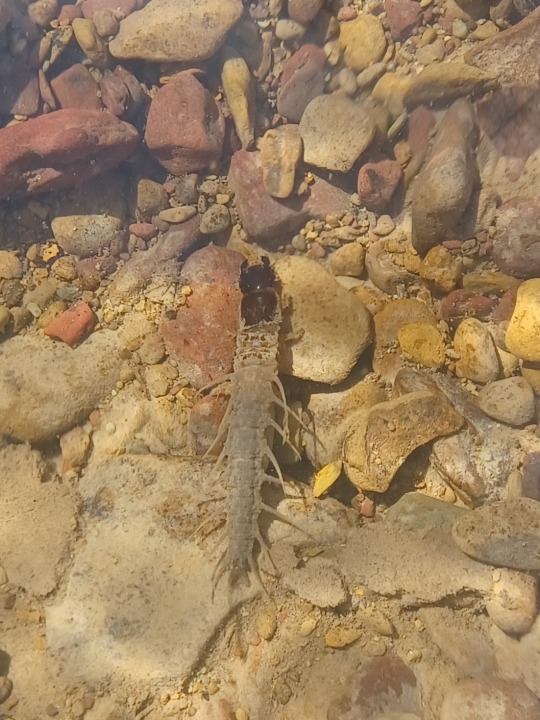
@houndsofvalinor-art submitted: Feel free to ignore if this doesn't count as a bug, but if it does can you please ID it? I found a few of these in a creek in [removed] (could you please redact the location?)
It is indeed an insect! It's a Megalopteran larva, so either a dobsonfly or a fishfly, but I'm not familiar enough with aquatic larvae to tell you which one for sure :)
143 notes
·
View notes
Note
Consider: dobsonflies
Megalopterans are interesting that they have such a slow development rate, which alot of insects don’t have.
6 notes
·
View notes
Video
#dobsonfly #hellgrammite #Megalopteran
0 notes
Photo
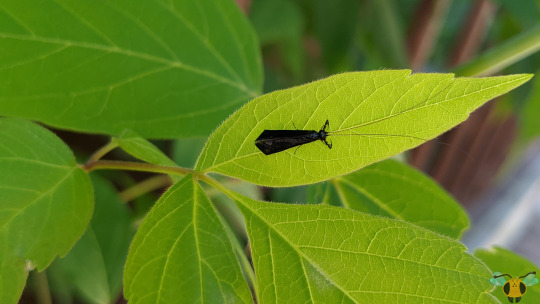
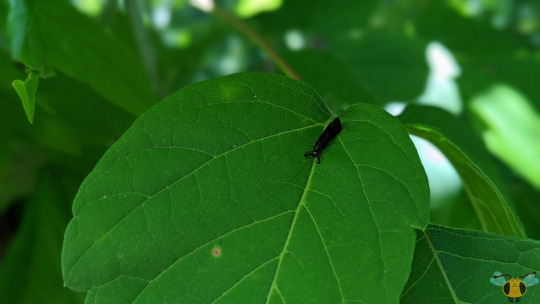
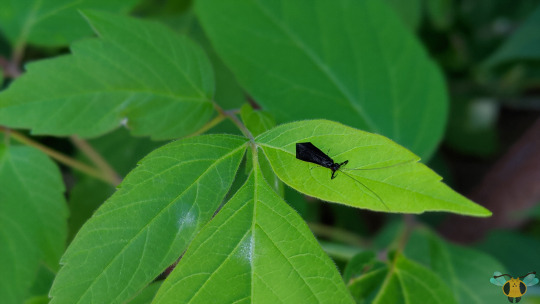
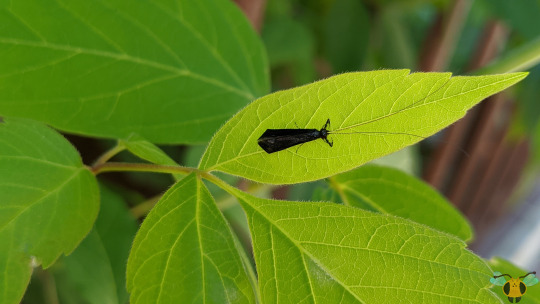
Black Dancer Caddisfly - Mystacides sepulchralis
Though today’s posts have come on very late, it isn’t without good reason. While searching for insects for future showcases, this specie was fast-tracked to be uploaded the day it was taken. With the upload of this insect, the blog has been graced with a new order! Looking similar to Megalopterans and closely related to the order Lepidoptera (Butterflies and Moths), we have the order Trichoptera, more commonly known as Caddisflies! While Lepidopterans have scaled wings and live on land throughout their entire lifecycle, Trichopterans have hairy wings and live on land once they reach adulthood. Trichoptera larvae look like aquatic Caterpillars and they build casings made of silk, stones and submerged debris (similar to a Bagworm) to protect themselves. After they pupate and emerge from the water, they have new wings to showcase, usually folded like a tent or a roof. These individuals look like their heads are humorously poking out of a tent as they rest on the leaves .
While they certainly look intimidating with those long curved “legs”, you needn’t be alarmed. Their actual legs are hiding underneath their wings. Those big “legs” are actually mouthparts called palps, but they are for show; you wouldn’t get bitten. Adult Caddisflies may have chewing mouthparts, but they prefer a herbivorous, liquid food diet, and some of them don’t even eat at all! Sounds just like a Moth’s dietary description, only they have a proboscis to feed on liquid food (use this difference to tell the two apart). Strange features and observations indeed! Something else to look for to identify a Caddisfly: their long, thin antennae. Seriously, look at these individuals: The antennae must at least be 2.5 times the length of the body! Though they look similar to other insects (the confusion with Megalopterans is compounded further since they live by water as well), they too have their unique traits and features that make them special. I hope to find more specimens in the future to dive more in depth with this order. Same goes with Megaloptera, Ephemeroptera (Mayflies) and Mecoptera (Scorpionflies). Hopefully Raphidioptera (Snakeflies) is next order to join the blog, although those aren’t established in Toronto. Guess we’ll see, fingers crossed.
Pictures were taken on June 16, 2020 with a Google Pixel 4
#jonny’s insect catalogue#ontario insect#caddisfly#black dancer caddisfly#trichoptera#insect#toronto#june2020#2020#entomology#nature#invertebrates
0 notes
Photo
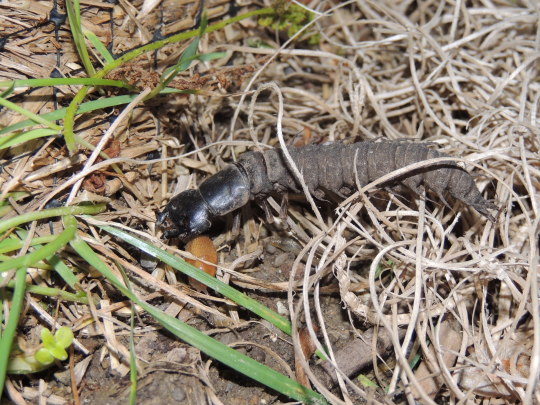
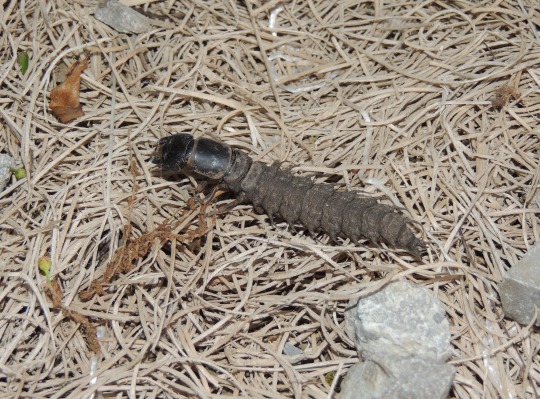
This is a Megalopteran larva found a couple meters from the bank of a large river! This one is from a Dobsonfly, which as an adult is a large, nocturnal, flying, pair of scissors (you’ll have to take my word for it or go look up a picture of the adults, because I don’t have any photos of one).
These creepy buggers look like the stuff of nightmares (and are aptly called “Hellgrammites”), but their presence is an indicator of good river health, because they don’t survive well in polluted water.
I can’t help but think of the “Ceti eel” from Star Trek: The Wrath of Khan when I see these things. *Shudders*
4 notes
·
View notes
Text
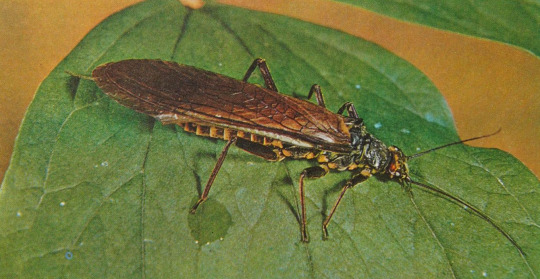
Alderfly
By: Unknown photographer
From: Encyclopedia of the Animal World
1972
#alderfly#megalopteran#insect#arthropod#invertebrate#1972#1970s#Encyclopedia of the Animal World (1972)
8 notes
·
View notes
Photo
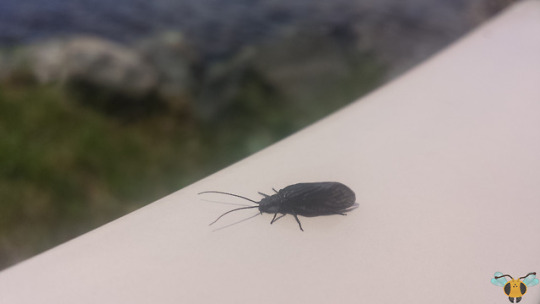

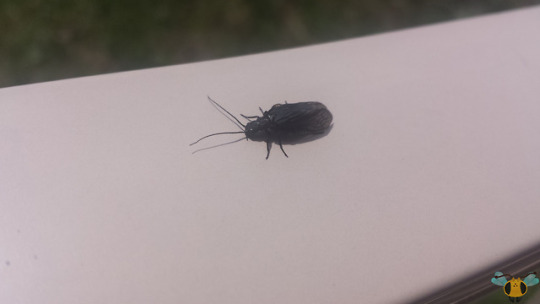
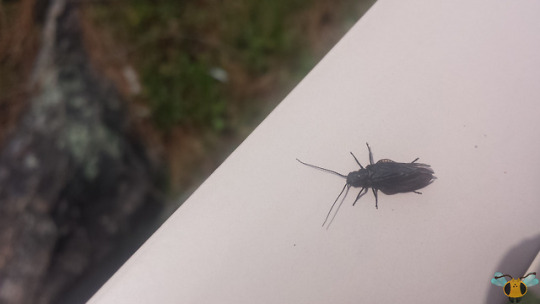
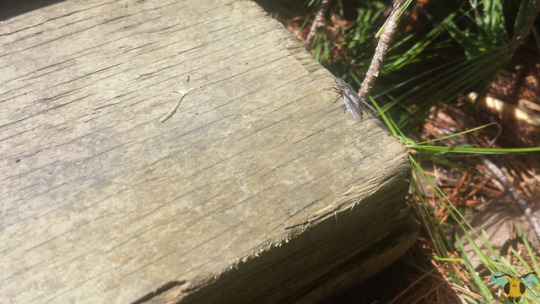
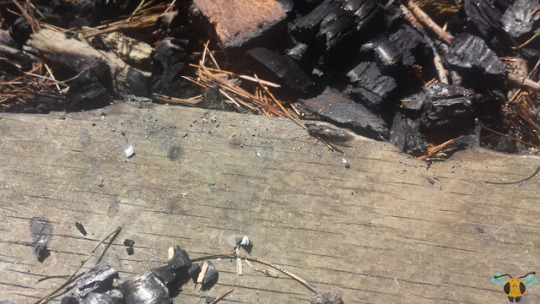
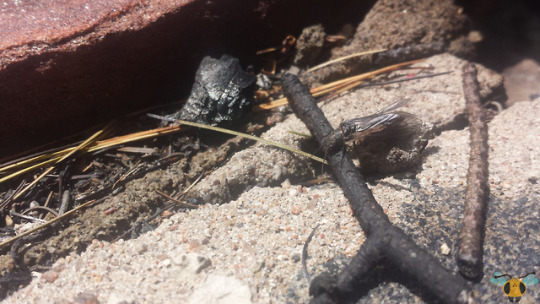

Alderfly - Sialis sp.
Another set of pictures from a Muskoka trip earlier in the year. Sitting on a deck chair, there is a Megalopteran order insect, named so for the large, clumsy-looking wings relative to body size. This specimen is an Alderfly, species unknown. Similar to Dragonflies, their young are aquatic, with eggs laid near water and upon hatching, they viciously eat anything that gets in their way. As they grow, they’ll eventually pupate and metamorphosis into the adult you see before you. However, any unlucky Alderfly larvae can also find themselves used as fishing bait. Good thing this one made it ok. Unlike Dragonflies however, mature Alderflies aren’t very strong fliers and don’t eat all that much if anything during their adulthood. This actually gives them more in common with Mayflies actually. Upon achieving adulthood and spreading their wings, they look for mates to begin the process again, the pupae overwintering in the water.
Update: More pictures (5-8) added on May 7, 2019. This is another Alderfly individual, but still a Sialis spp. This one preferred the bonfire pit for a short walk rather than the deck chair. They certainly can move very quickly using their legs...taking a picture of this individual was much trickier. Maybe it was hoping to blend in among the charred branches and wood? It certainly wasn’t looking for food. Soon after, it (like the one before it), flew away towards the water. While fleeting, I’m glad I got the chance to see one of these insects on one the few days it had to live its adult life. Godspeed brave Alderflies!
Pictures were taken on May 20, 2018 in Muskoka with a Samsung Galaxy S4
#jonny’s insect catalogue#ontario insect#alderfly#sialis#megaloptera#insect#muskoka#may2018#2018#entomology#nature#invertebrates
0 notes